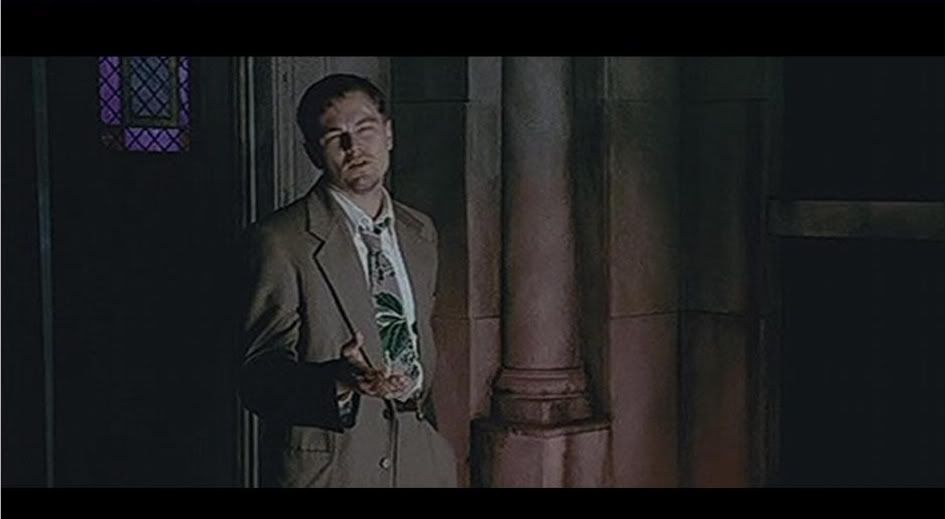do you have a ps3?
& for the DVD resolution
http://hometheater.about.com/od/blurayandhddvd/f/blurayhddvd2.htm < source
The Upscaling Process
Upscaling is a process that mathematically matches the pixel count of the output of the DVD signal to the physical pixel count on an HDTV, which is typically 1280x720 (720p) or 1920x1080 (1080i - and, in many cases, 1080p).
720p represents 1,280 pixels displayed across the screen horizontally and 720 pixels down the screen vertically. This arrangement yields 720 horizontal lines on the screen, which are, in turn, displayed progressively, or each line displayed following another.
1080i represents 1,920 pixels displayed across a screen horizontally and 1,080 pixels down a screen vertically. This arrangement yields 1,080 horizontal lines, which are, in turn, displayed alternately. In other words, all the odd lines are displayed, followed by all the even lines.
1080p, on the other hand, represents 1,080 horizontal lines displayed sequentially. This means all lines are displayed during the same pass. 1080p is the highest quality HD display format.
The Practical Effect Of DVD Upscaling
Visually, there is very little difference to the eye of the average consumer between 720p and 1080i. However, 720p can deliver a slightly smoother-looking image, due to the fact that lines and pixels are displayed in a consecutive pattern, rather than in an alternate pattern.
The upscaling process does a good job of matching the upscaled pixel output of a DVD player to the native pixel display resolution of an HDTV capable television, resulting in better detail and color consistency.
However, upscaling, as it is currently implemented, cannot convert standard DVD images into true high-definition images. In fact, although upscaling works well with fixed pixel displays, such as Plasma and LCD televisions, results are not always consistent on CRT-based high definition televisions.
Points to Remember:
1. Any DVD player can be hooked up to an HDTV. Although upscaling DVD players are better able to match the native pixel resolution of an HDTV, you may good results on a standard DVD player that is connected via an HDTV's provided Component or S-Video inputs.
2. If you DO have an HDTV, and a standard DVD player, you will get the best results using the Component video connection (red-blue-green) between the DVD player and the HDTV. In addition, if your DVD player is progressive scan capable, always use that option when connected to a progressive scan capable television. However, if your DVD player also has upscaling capability, you must must an HDMI connection to access this extra capability.
3. DVD video upscaling is only an approximation of the high definition viewing experience. To get the full impact of true high definition viewing from a disc format, you need to have either a Blu-ray or HD-DVD player connected to an HDTV via an HDMI connection and be viewing actual Blu-ray or HD-DVD disc content.
Upscaled DVD (even when its good) tends to look a little flatter and softer (especially in the background) than Blu-ray or HD-DVD. Also, in terms of color, when looking at Reds and Blues, it is also easy to tell the difference in most cases, as even with upscaled DVD, reds and blues have a tendency to override detail that may be underneath, while the same colors in Blu-ray are very tight and you still see the detail under the color.


 are better quality than rented DVD's!!!!!!
are better quality than rented DVD's!!!!!! hope it works out for ya
hope it works out for ya